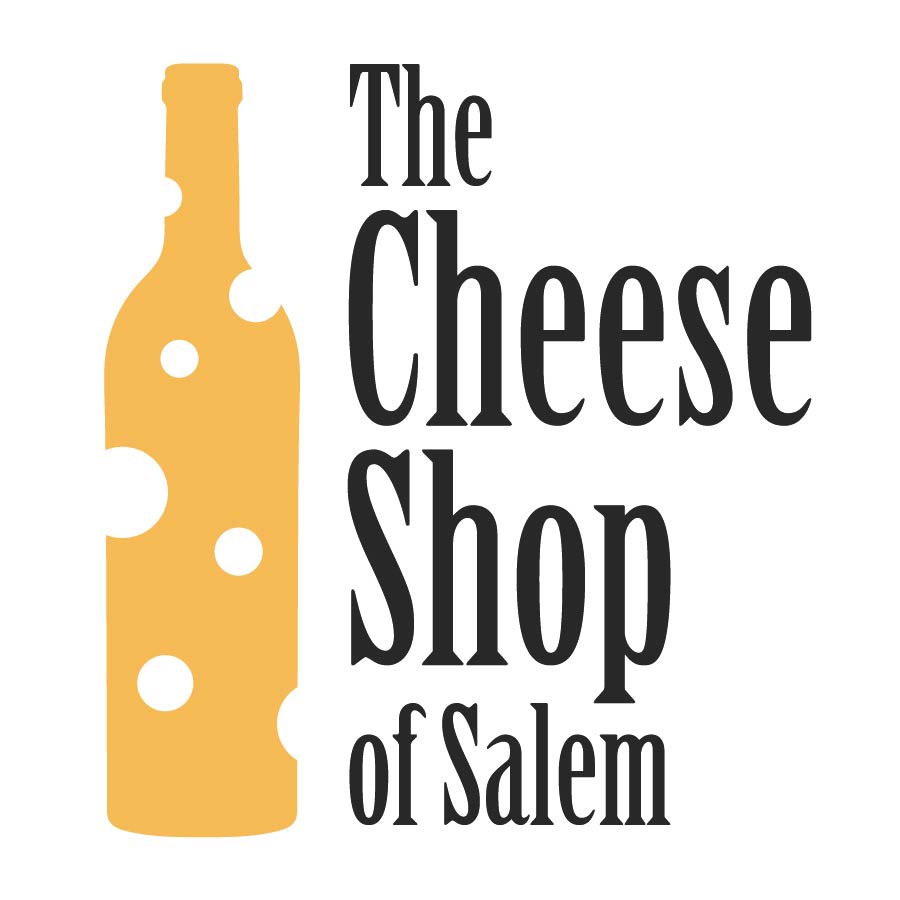Rogue Riesling
Free tasting | Saturday, July, 7, 2018 | 4-6PM
Riesling is the redheaded stepchild of wine grapes: misunderstood, sometimes belittled, and underappreciated. Wrapping one’s head around Riesling is rightly confusing – the grape wears many different hats and can range from extremely dry to Willy Wonka-level sweetness. It is one of the most ancient grape varieties in the world and was first grown in Germany—the earliest written record of Riesling is from 1435. In the late 19thcentury Riesling had become so sought after that it was exclusively served to royalty and was even more expensive than Bordeaux wines and Champagne.
Different styles of Riesling have fluctuated in popularity throughout the centuries but its reputation has oscillated, particularly dramatically, in the past century. Until World War I, Riesling served at the common man’s dinner table ranged from dry to slightly sweet. World War I and II changed everything: vineyard workers were called to battlefields and vineyards were destroyed by bombs. After WWII, the German government tried to reinvigorate the economy by focusing on utilizing new technology to create mass production of their wine. In addition, after years of sugar rationing due to the World Wars, the world was mega-craving sweet wines and sweeter Riesling became ever-popular from the 50’s through the 80’s. However, in recent years, Riesling winemakers have started to focus on quality and small production and create Riesling in all its varying forms.
There are a couple of handy vocabulary words that can help you decipher a Riesling bottle from Germany like trockenand feinherb. Trocken means dry in German and so you are guaranteed to have a bone-dry wine, while feinherbor halbtrockenmeans that there is at least some sweetness to the wine. If you’re interested in getting into the nitty-gritty of German wine classification refer to this concise and organized article in Wine Folly. We tried summarizing it, but this article does it a lot more justice!
Riesling is grown on all seven continents - everywhere in the world - even Antarctica! On Saturday we’ll try three ‘Old World’ Rieslings – from Germany and Austria – and three ‘New World’ Rieslings – all from the US, including Oregon and New York. Domestic Riesling is very popular, in particular, in New York, Oregon, and Washington.
We promise we won’t make you chant “Not all Riesling is sweet!” but you may want to scream it from the rooftops after you taste Riesling in all its forms – bone-dry, dry, off-dry, and sweet. Riesling is a versatile, elegant wine, and sick of being overshadowed and hated on – it’s ready for your love!
Old World Riesling:
2015 Dönnhoff Riesling (Nahe, Germany) | This Riesling is from the notable, organic winemaker Helmut Dönnhoff in the Nahe. Dönnhoff has been making Riesling since 1971. Although the Nahe is a dry region, Dönnhoff does not water their vineyards as to encourage deep rooted vines. The soil is covered with organic material like straw and compost to preserve water and to avoid evaporation and erosion in heavy rains.
2016 Leitz Dragonstone Riesling (Rheingau, Germany) | This wine hails from the possible birthplace of Riesling in the Rhiengau. The Leitz family is ‘rooted’ in winemaking, with winemaking history tracing back to 1774. Johannes Leitz now runs the winery and has increased the estate from 2.9 hectares to a whopping 40 hectares! This feinherb, or off-dry, Riesling has notes of candied oranges and deep minerality.
2016 Weingut Müller-Grossmann Riesling (Niederösterreich,Austria)| Austria also boasts terroir that is excellent for Riesling! Austrian Riesling tends to be a little fuller-bodied, and more tropical and spicier then German Riesling. Mother and daughter winemaking duo, Helma and Marlies work side by side in the vines in their organic winery in Kremstal. This Riesling is bone-dry and sumptuous with green apple notes.
New World Riesling:
2014 Dominio IV ‘The Imagination Series’ Riesling (Willamette Valley, Oregon)| Leigh Bartholomew and Patrick Reuter are behind the biodynamic team at Dominio IV that produced this vivacious Riesling. The stunning wine label is a visual interpretation of Patrick’s palate when tasting his Riesling (see below). This special Riesling is off-dry with lengthy notes of pineapple and honeysuckle.
2013 Boundry Breaks Riesling (Finger Lakes, New York)| This organic, sweet Riesling comes from winemakers Diana Lyttle and Bruce Murray who credit their close proximity to Seneca Lake for the crispness and depth of their wines. This Riesling has notes of candied lemon and peach.
2016 Thirsty Owl Dry Riesling (Finger Lakes, New York)| Thirsty Owl is a small winery run by Mary Dauber and Jon Cupp in the Finger Lakes. Their ‘Dry Riesling’ is full-bodied with notes of stoniness, apricot and a slight edge of petrol.




